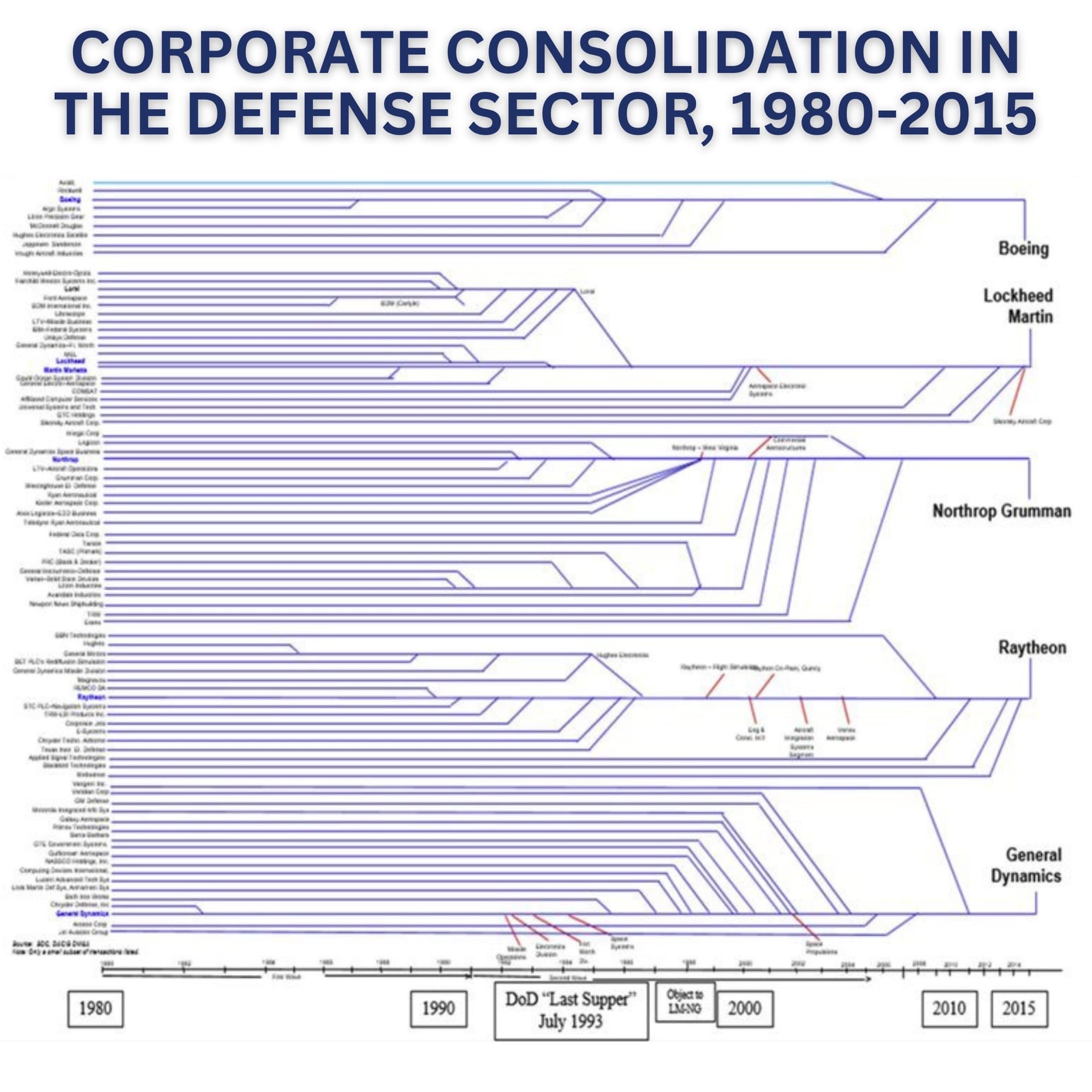Disruptive Architectures: Defense Case Study

We've been thinking about innovation wrong.
The VC/Startup ecosystem has recently diversified into hard technologies in industries that aren't easy to disrupt because it is now imperative. Recently, the maturation of the US Defense sector has also required innovation and disruption to compete globally in a new world order. (See "Investing in Defense" by General Catalyst)
In "Moneyball Military" by Christian Prose through the The Hoover Institution at Stanford University, the author makes a clear case for strategies that are allowing companies like Anduril Industries to disrupt industries like defense.
The article is free and a link to download the full report (only 23 pages) is available below for convenience.

I. Highlights from "Moneyball Military"
1) We Have Thought About Innovation Wrong: The traditional Planning Programming and Budgeting Execution (PPBE) system was founded upon flawed assumptions about technological innovation. This zeitgeist was expressed by none other than Joseph Schumpeter, a supporter of free-market economics who nonetheless championed central planning: “Innovation itself is being reduced to a routine,” he said. “Technological progress is increasingly becoming the business of teams of trained specialists who turn out what is required and make it work in predictable ways.”
2) The Moneyball Military is the Way Forward: Just as the Oakland A’s managed to think differently, disrupt themselves, and field winning teams despite having the lowest payroll in Major League Baseball, the United States must rapidly field alternative defense capabilities that are achievable, affordable, and capable of winning—a “Moneyball Military.”
3) Distributed Systems will be Disruptive and Commercially Viable: This alternative force would not be composed, as our traditional force is, of small numbers of large, expensive, heavily manned, hard-to-produce things that are exceedingly difficult to transfer to our allies and partners. It would be composed instead of large numbers of smaller, lower-cost, autonomous systems that can be provided more easily to our allies and partners.
II. Taking Innovation for Granted
"Innovation itself is being reduced to a routine. Technological progress is increasingly becoming the business of teams of trained specialists who turn out what is required and make it work in predictable ways" - Joseph Shumpeter
We talk about innovation as an empty buzzword and blind watch maker when we explain Black Swan events with hindsight bias. When we look for solutions going forward, we need more nuanced characterization of what types of innovations will change the world. In short, we take innovation for granted.
Breakthrough technologies fail without much deep explanation of exactly why. They are either oversold as successes or worse, these failures are just dismissed to the space being "too hard to break into" or that these hard technologies are too capital intensive.
There is a lot to learn from both past failures as well as exceptional cases of success. A great case is Anduril, which embodies the theory outlined in "Moneyball Military"
Anduril is an excellent case study about how distributed architectures enabled by recent technological advancements can disrupt an industrial space like the defense sector
III. Implications for New Ventures
We have many big problems like National Security and Climate that require the disruption of industries no one thought were possible to challenge before. We can't lean on routine technological progress or the "Tower of Babel" projects that seem promising at first, but deterministically collapse on themselves later (see "Breaking Down Speed and Scale"). This is common throughout industrial sectors where a large mega project is funded, but falls apart slowly over time with no accountability. We need precision in these great challenges that are increasingly mission critical.
If we challenge our dogmas of innovation and practical execution, the architectures comprised of distributed systems with technology optimized for:
1) Innovation,
2) Speed, and
3) Scale
create a compelling playbook to disrupt large industrial sectors. We can't predict solutions with a reductionist mindset. The architecture of a new company's approach is overlooked when investors and entrepreneurs can only look through the reductionist lens of a breakthrough technology or "secret sauce".
When these architectures are engineered from first principles early-on into the DNA of a new venture, it can be a powerful force. Although new architectures can be enabled by a new technology, the holistic, systems approach is still greatly undervalued in industry.
This will DEFINITIVELY be the path of success going forward for large transformations in hardware and deep tech,
for the world's most difficult-to-solve problems,
that require transformations of large industries that have historically resisted change.
This is how we see progress in Climate at Veridian Industries, Inc. as well.
